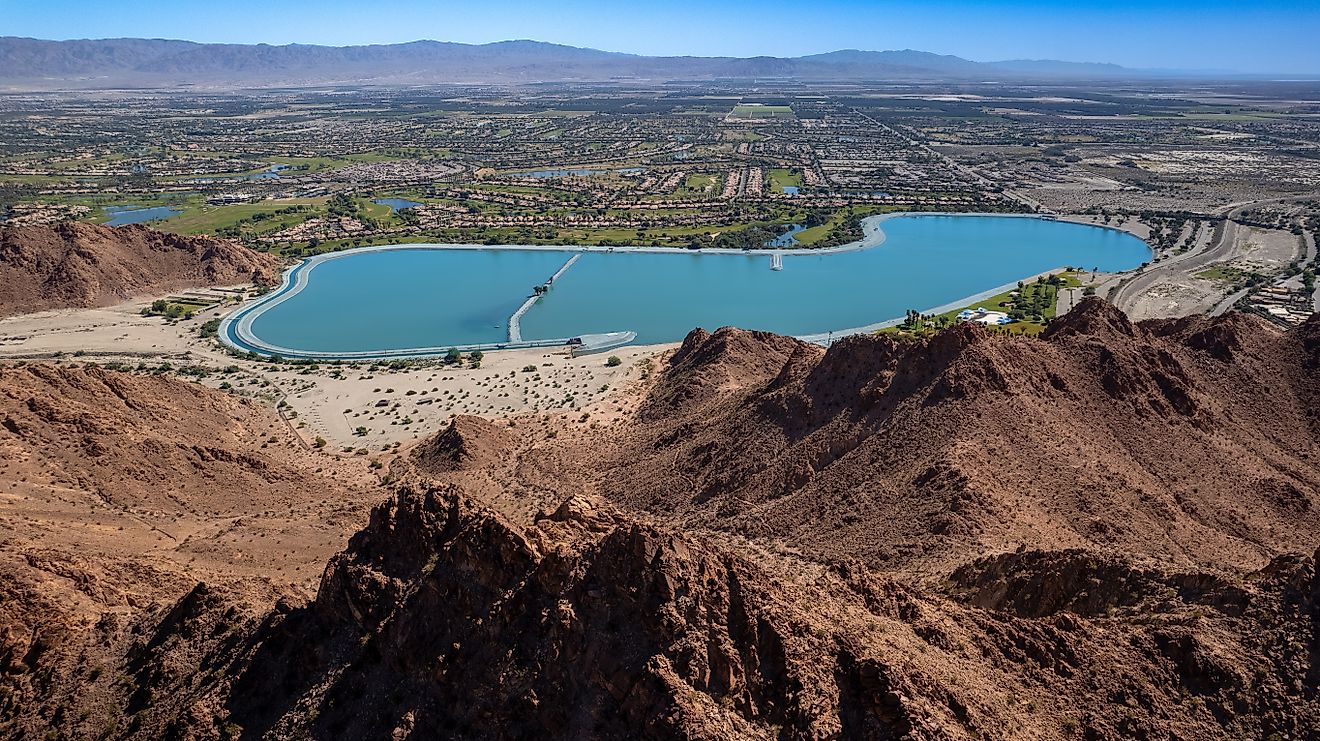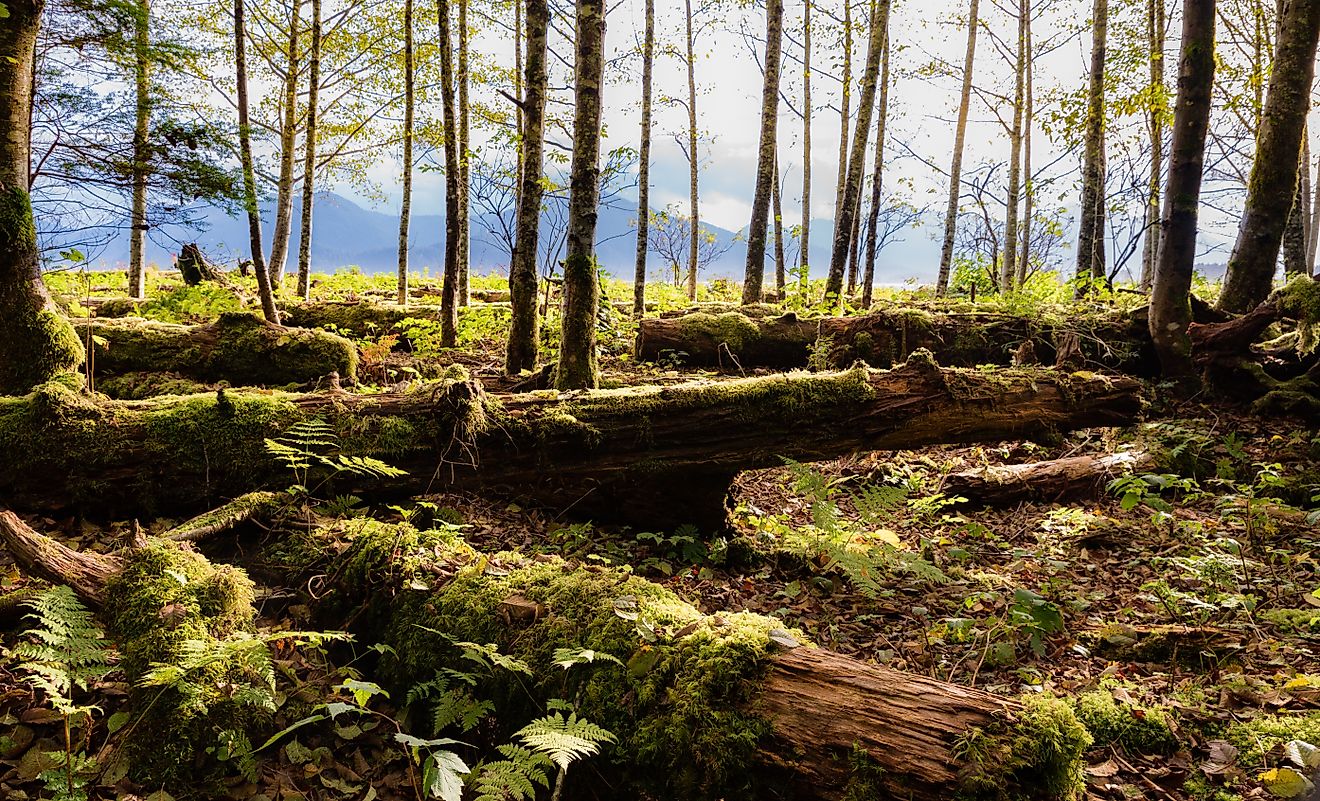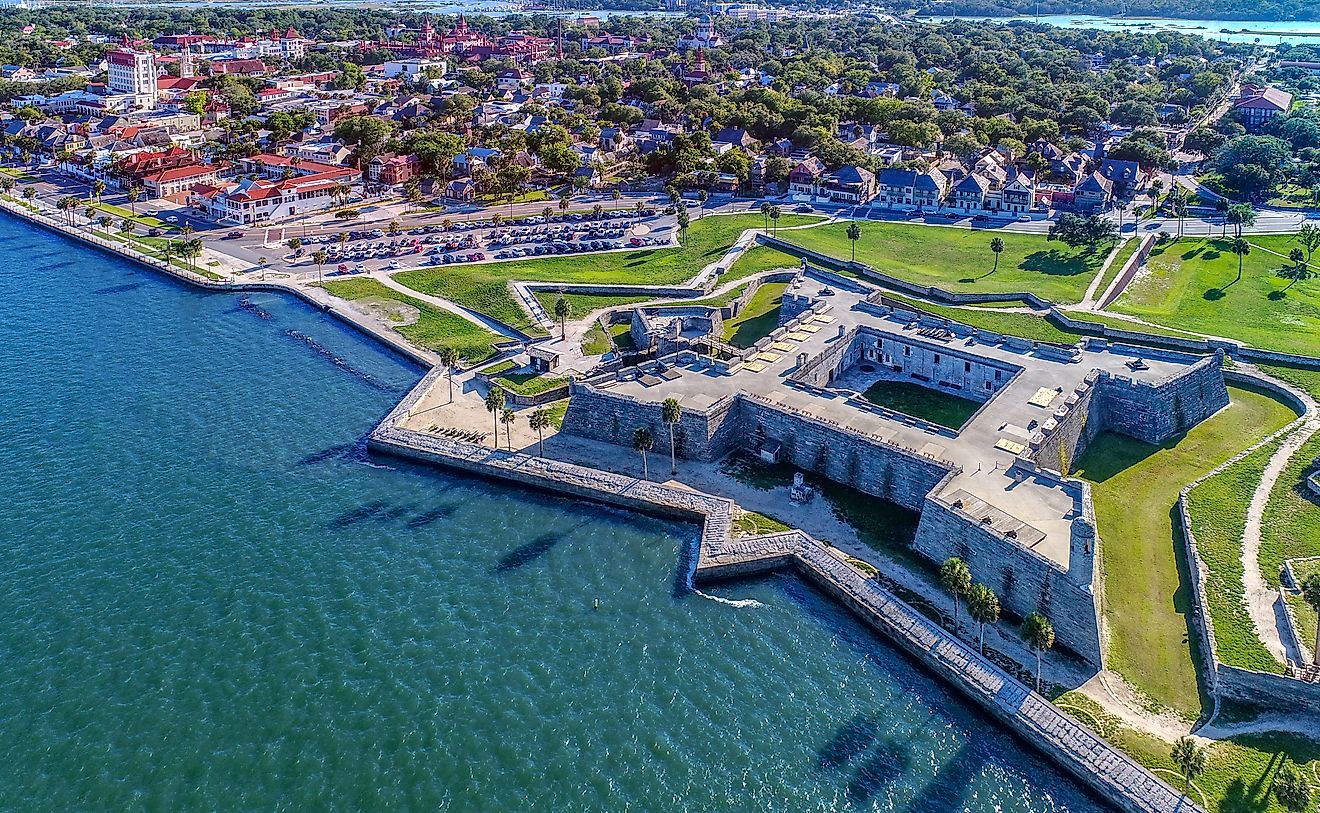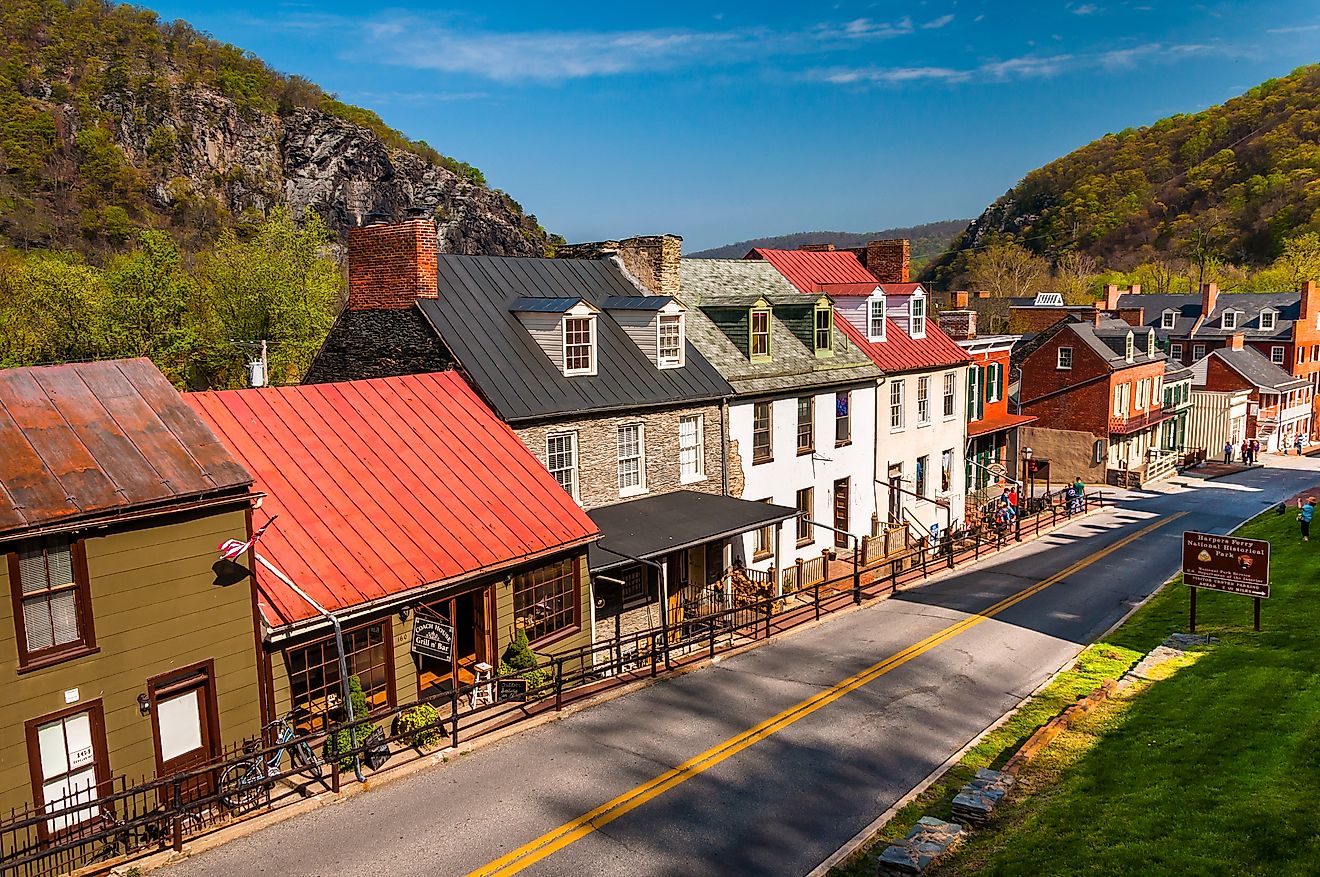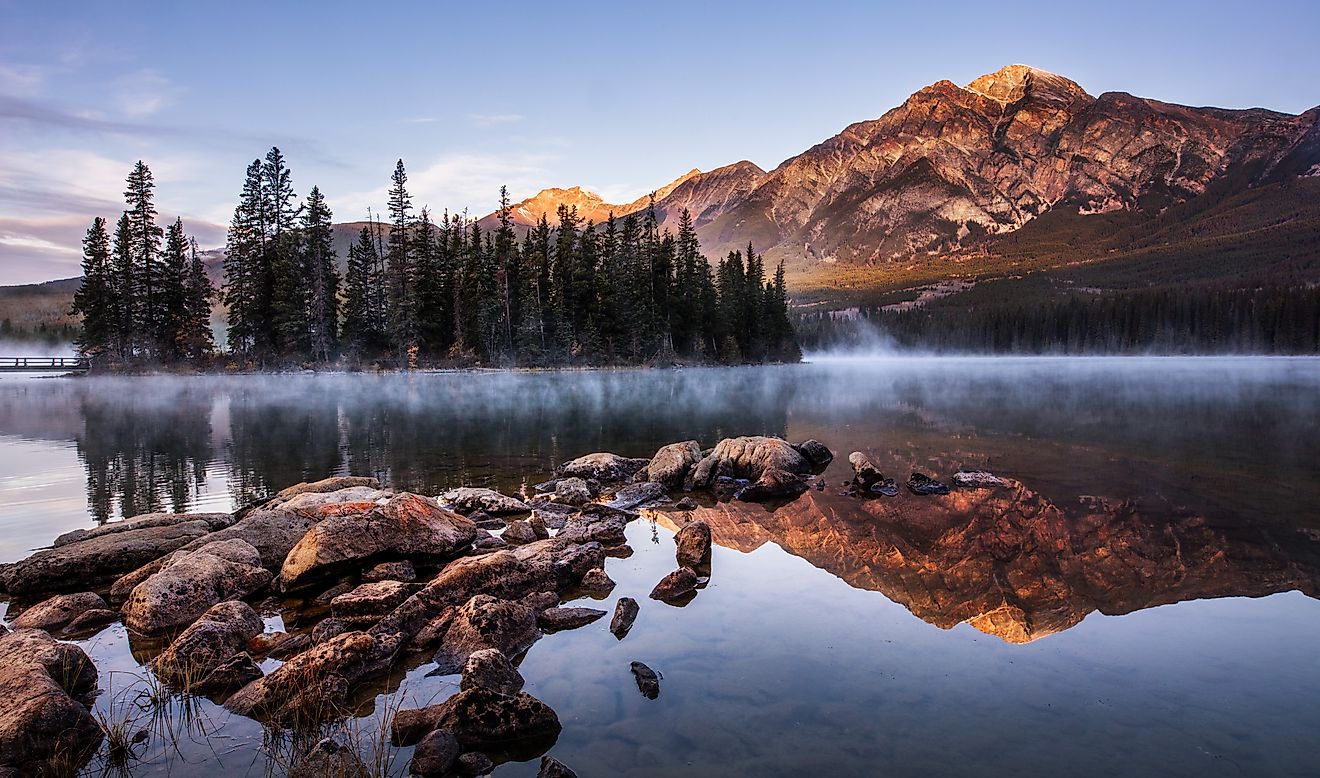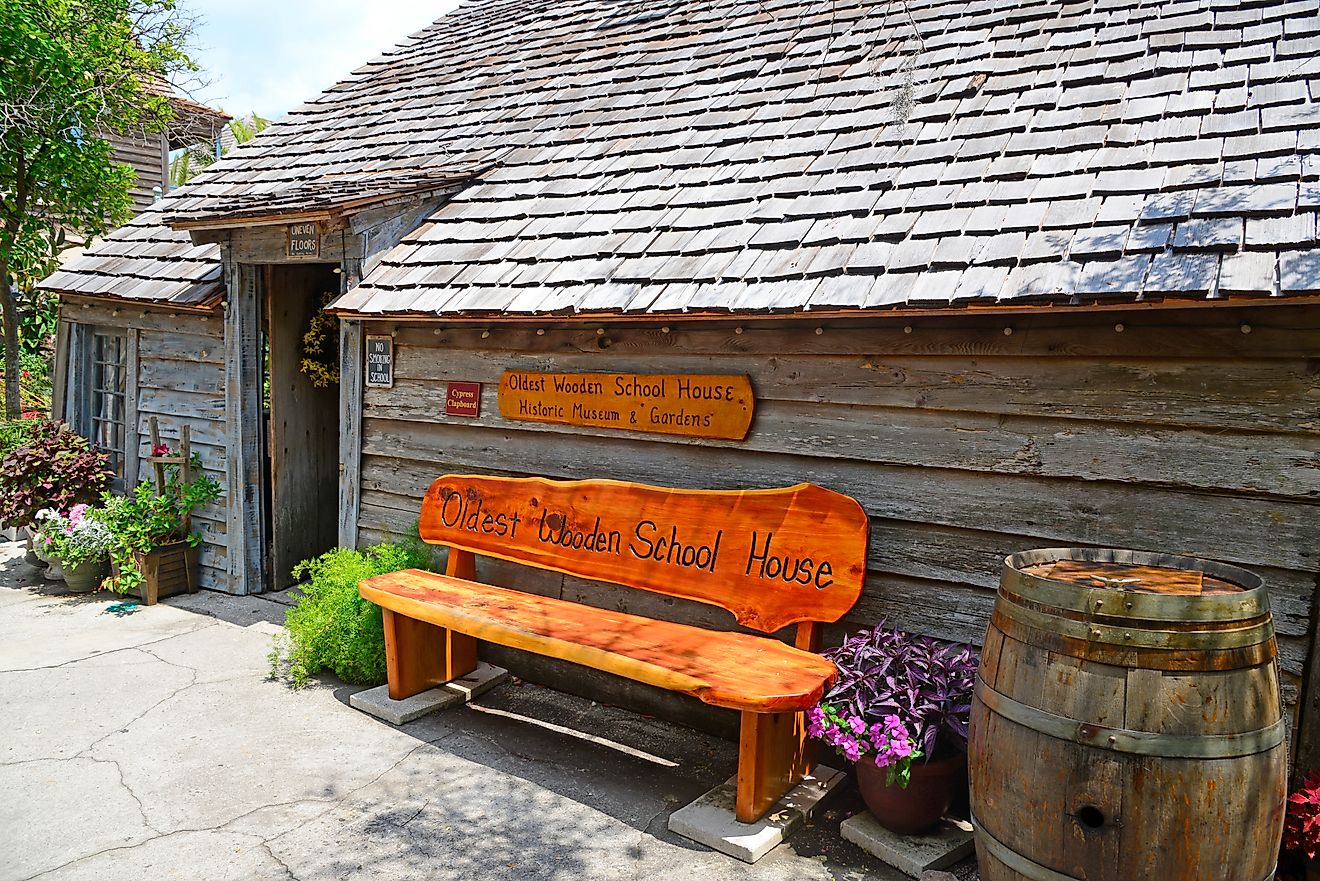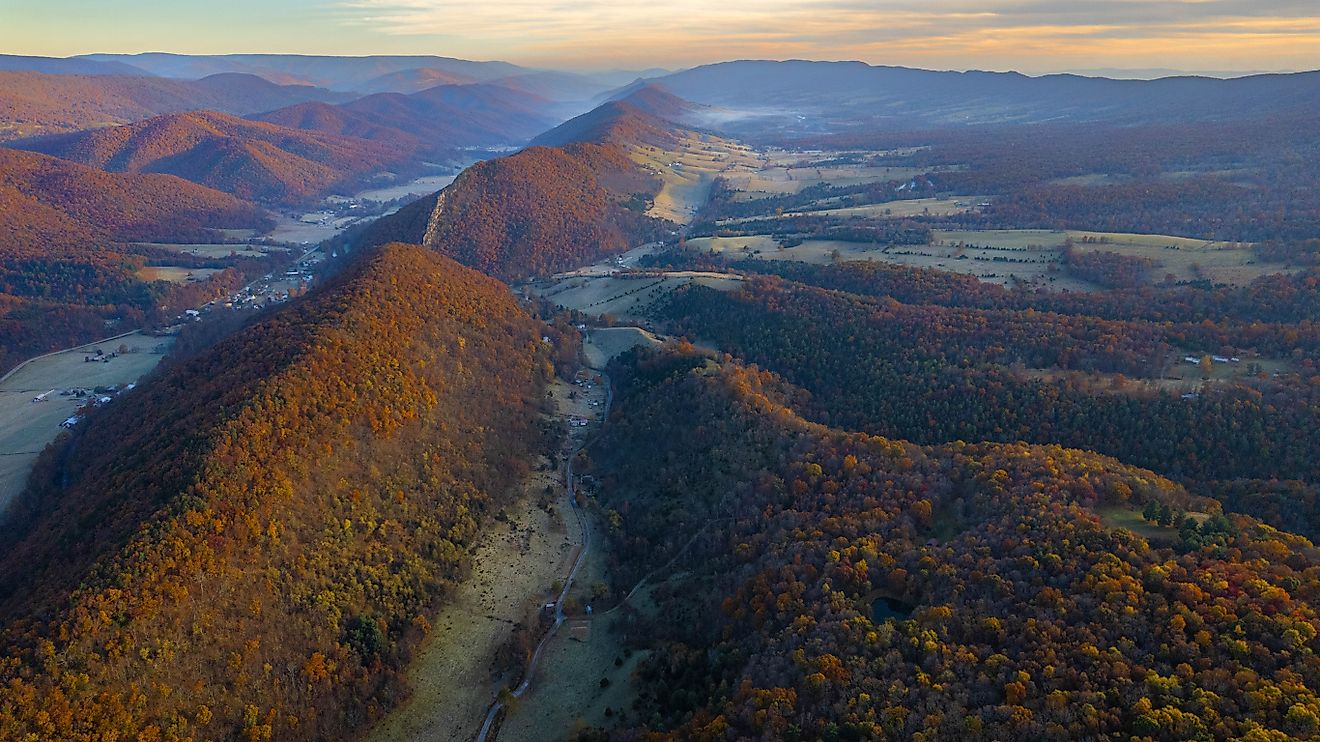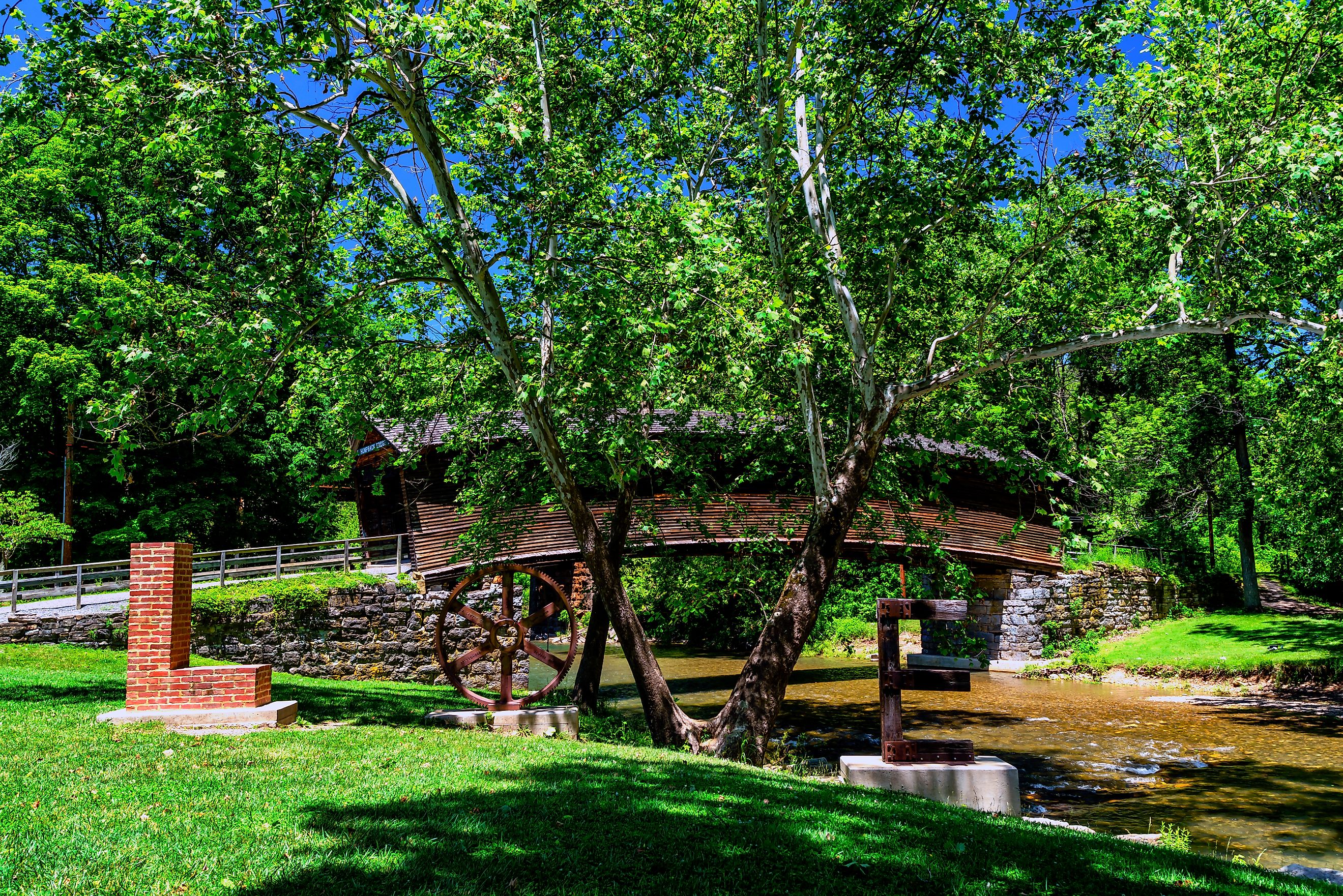
The Oldest Remaining Humpback Bridge in the US
The Humpback Covered Bridge in Alleghany County, Virginia is more than a piece of local history. It is the only surviving humpback-style covered bridge in the United States, a rare structure that has outlasted every other of its kind. Built in 1857, its arching design was not simply for looks, it served a critical purpose. The raised center allowed the bridge to endure the frequent flooding of Dunlap Creek, keeping travelers and goods safely above rising waters in an era before modern drainage and highway systems.
For decades, wagons and stagecoaches rumbled across its sloping planks, and Civil War troops passed through its wooden frame. Today, it stands as a lone witness to a forgotten style of American engineering, preserved as a landmark of resilience and craftsmanship.
Key Facts About the Humpback Covered Bridge
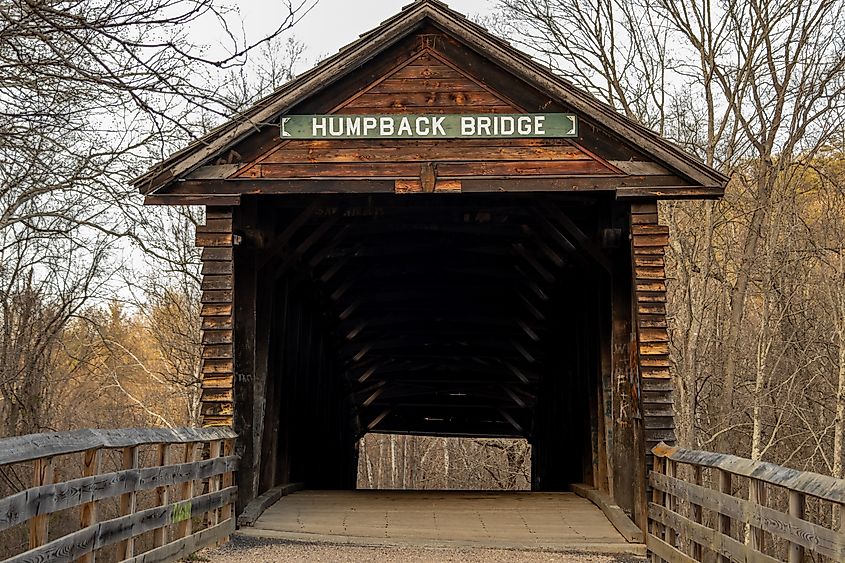
-
Location: Covington, Virginia
-
Built: 1857
-
Length: 109 feet
-
Width: 14 feet
-
Height of Arch: 4 feet at center
-
Materials: White oak and hickory support beams, honey locust pins
-
Current Use: Pedestrian traffic and historic site
-
Historic Status: Listed on the National Register of Historic Places (1969); Designated a National Historic Landmark (2012)
A Bridge with a Curve
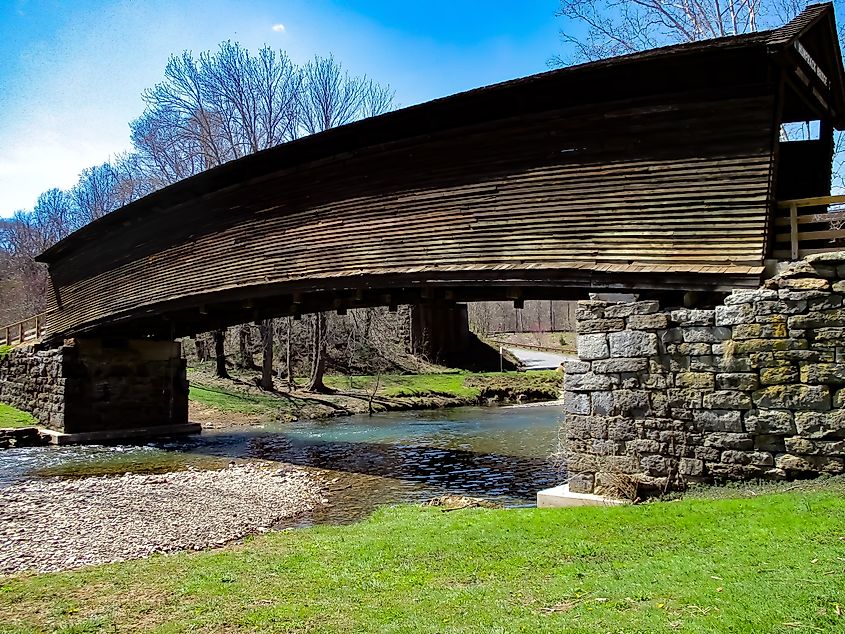
Unlike most covered bridges, which follow a level path, the Humpback Covered Bridge rises in the middle, creating a gentle arch that gives it its memorable name. The center stands about 4 feet higher than its ends, creating a graceful profile that is both practical and visually striking. This upward curve was not simply for aesthetics, it was a clever engineering decision. By elevating the middle, the designers helped protect the bridge from floodwaters and gave added strength to the structure.
The bridge spans 109 feet across Dunlap Creek, a tributary of the Jackson River, just a few miles west of Covington, Virginia. Today it carries only foot traffic, but for decades it was a vital crossing along the historic James River and Kanawha Turnpike, a major route that connected the Shenandoah Valley with the Alleghany Mountains and points west.
A History of Resilience
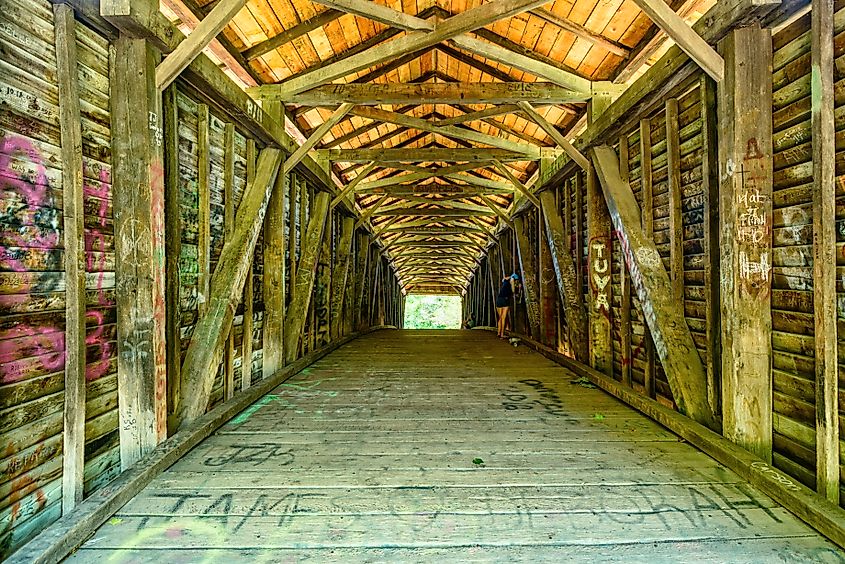
The current Humpback Covered Bridge is actually the fourth bridge built at this location. The first was constructed in the 1820s but was washed away by a flood in 1837. A second followed in 1838, only to be destroyed by another flood in 1842. A third bridge collapsed in 1856 due to heavy wear and weathering.
When the present bridge was constructed in 1857, builders decided to cover and arch it to better withstand both floods and the harsh effects of moisture and sunlight. At a time when wooden bridges without roofs often lasted only a decade, the addition of a covering could extend their life tenfold. Many people of that era even referred to covered bridges as “kissing bridges” because their enclosed design offered travelers a brief moment of privacy as they passed through in horse-drawn carriages.
From its completion until 1929, the bridge served as a reliable crossing for farmers, merchants, and travelers along US Route 60. That year, a modern steel truss bridge was built just to the north, and the Humpback Bridge was retired from vehicular use. For a time, it stood quietly, even storing hay for a nearby farmer in the early 1950s. Its story might have ended there, but local residents saw its historic value and stepped in to save it.
Preservation and Revival
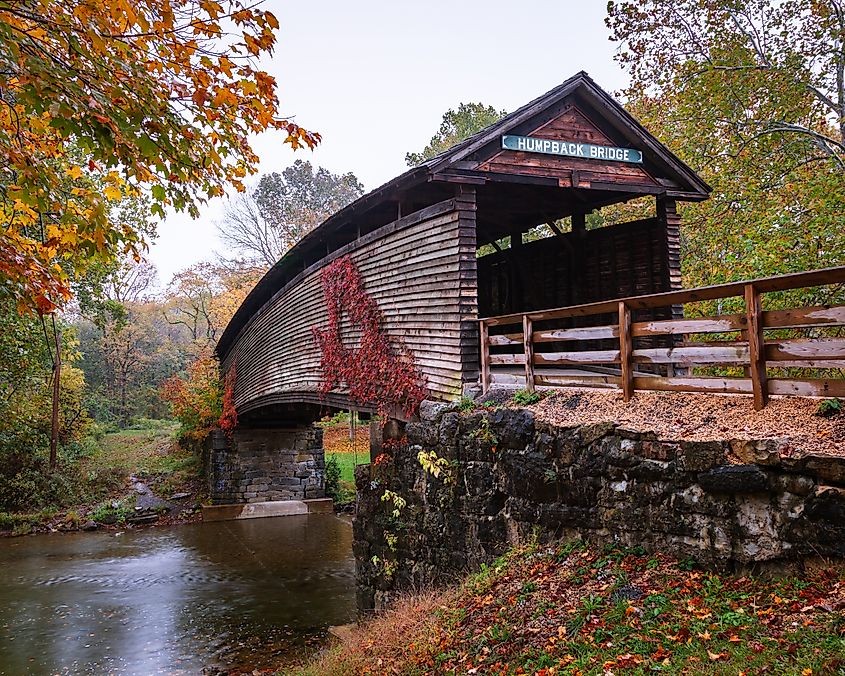
In 1953, the Virginia Highway Department joined efforts with the Covington Business and Professional Women’s Club and the Covington Chamber of Commerce to purchase five acres around the bridge and begin restoration efforts. By 1954, a small roadside park had been established, making the bridge accessible once again, not to wagons and carts, but to visitors eager to see a piece of living history.
On October 1, 1969, the bridge was added to the National Register of Historic Places, cementing its place as a protected cultural treasure. More than four decades later, in 2012, it received designation as a National Historic Landmark.
Construction and Craftsmanship
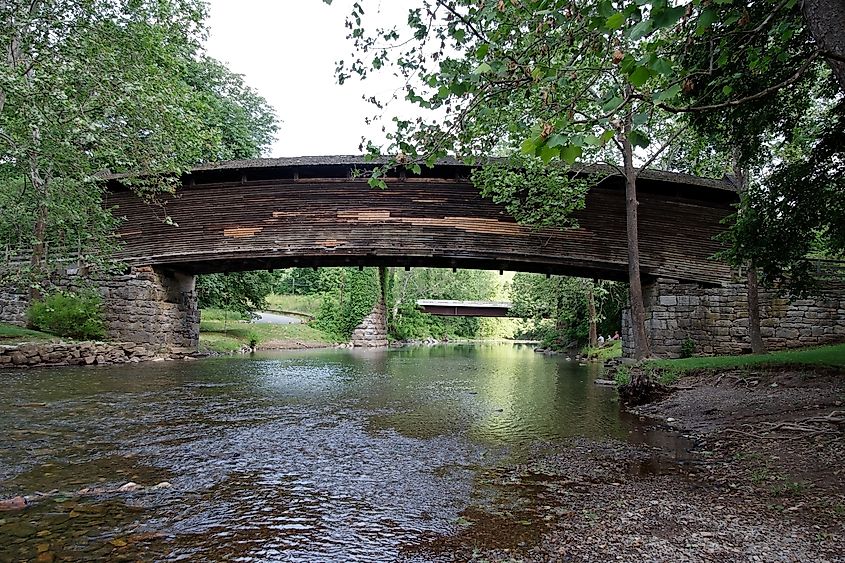
The Humpback Covered Bridge stands as an enduring example of 19th-century craftsmanship. Built primarily from white oak and hickory, its original hand-hewn timbers and decking remain largely intact. The walls and roofing have been replaced several times, but the structural heart of the bridge continues to reflect the skill of its builders.
A unique feature of the bridge is its curved multiple kingpost-truss system, a design not found in any other surviving wooden bridge in the United States. Instead of modern nails and bolts, the builders used hand-made honey locust wood pins to fasten sections of the supports together. Bridge decking from that era typically consisted of planks over a foot wide and 4 to 6 inches thick. Sturdy materials meant to withstand the constant pounding of horse hooves and wagon wheels.
A Landmark with a Story
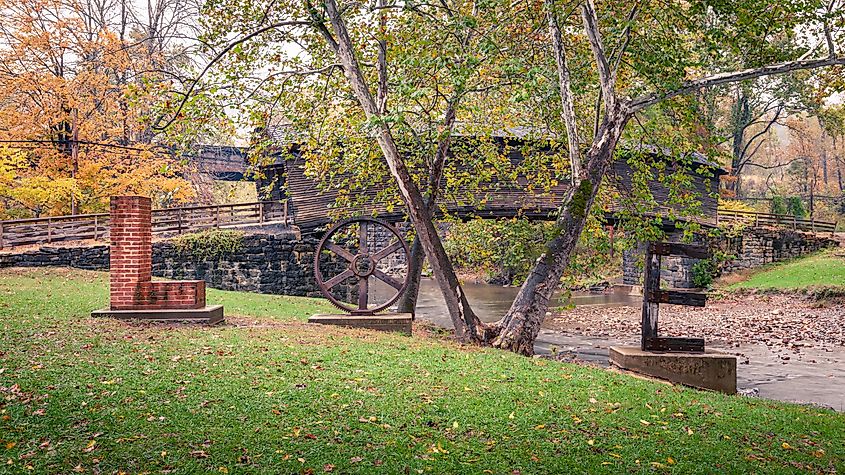
The Humpback Covered Bridge is more than a relic, it is a storyteller. Standing beneath its roof, visitors are reminded of a time when commerce moved at the speed of a team of horses, when mountain roads were lifelines for small towns, and when infrastructure was as much about craftsmanship as it was about connection.
The bridge is also a popular site for photography, especially in autumn when the surrounding Alleghany Highlands turn to gold and red. Couples have used it as a backdrop for weddings, families for picnics, and travelers as a quick but memorable roadside stop.
Visiting the Humpback Bridge
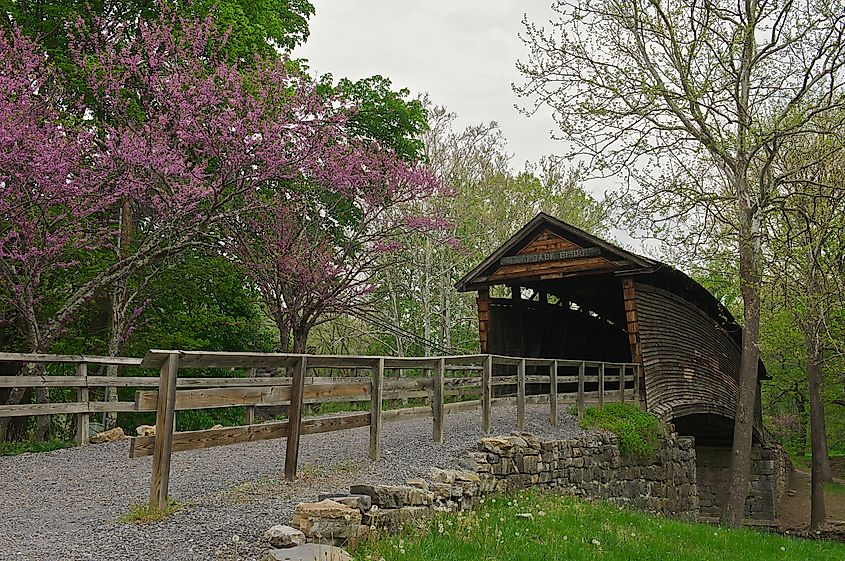
Located just 3 miles west of Covington, Virginia, the bridge is easily accessible from Interstate 64 via Exit 10. It sits adjacent to US Highway 60 off Rumsey Road (SR 600). The Humpback Bridge Wayside Park spans 5 acres and includes:
-
Parking area
-
Restrooms
-
Picnic area
-
Access to Dunlap Creek
There is no admission fee, making it a convenient stop for road-trippers exploring western Virginia.
A Bridge Between Past and Present
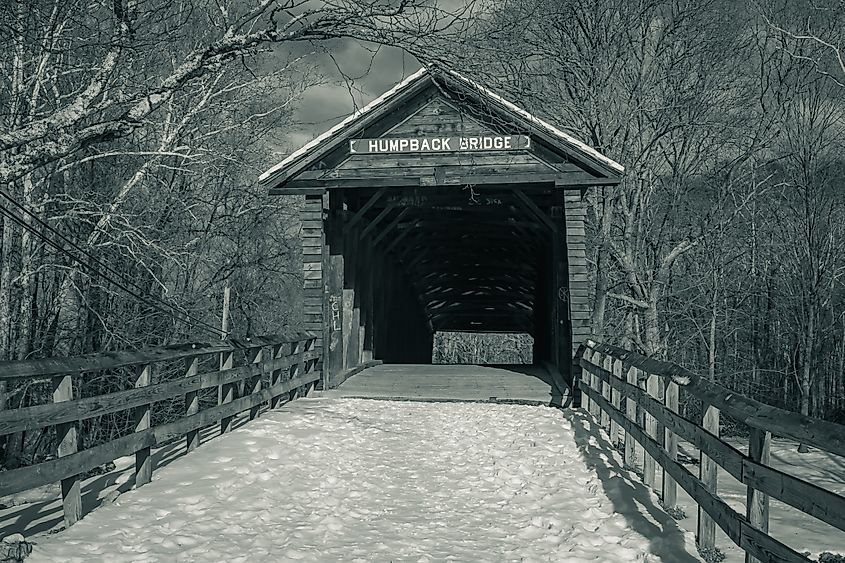
Today, the Humpback Covered Bridge stands as more than just a crossing over Dunlap Creek. It is the last of its kind, a rare humpback-style structure that has endured floods, shifting roads, and the march of modern transportation. Each plank and beam tells the story of a time when bridges were built to follow the land rather than reshape it, and when communities relied on craftsmanship to connect their world.
Visitors who pause at its midpoint still hear the gentle rush of the creek and see the same hills that countless travelers once passed. Its survival is not an accident but a result of care and preservation, a reminder that progress does not always mean replacement. By protecting this simple yet elegant bridge, Virginia has safeguarded a living piece of American history.
Frequently Asked Questions About Humpback Covered Bridge
Where is the Humpback Covered Bridge located?
The bridge is located in Alleghany County, Virginia, just a few miles west of Covington. It crosses Dunlap Creek along what was once a key route for early travelers.
Why is it called the Humpback Covered Bridge?
The name comes from its unusual design. The bridge has a noticeable arch, or "hump," in the middle that allows water and debris to pass beneath more easily during high water.
When was the Humpback Covered Bridge built?
It was constructed in 1857, replacing earlier wooden bridges that were swept away by floods. Its design helped it endure where others failed.
Is the Humpback Covered Bridge still used for traffic?
No. The bridge is now a pedestrian landmark. Vehicles no longer cross it, but visitors can walk its wooden planks and enjoy its historic charm.
Why is this bridge important?
It is the oldest surviving humpback-style covered bridge in the United States and one of the few remaining of its type. It reflects a period when infrastructure had to adapt to challenging terrain and weather.
Can you visit the bridge year-round?
Yes. The bridge and its surrounding park are open to the public throughout the year, making it a popular stop for travelers and photographers in every season.
What is the best time to visit the Humpback Covered Bridge?
Autumn is particularly popular due to the vibrant fall colors in the surrounding Alleghany Highlands, but spring and summer also offer scenic views of the creek and hills
